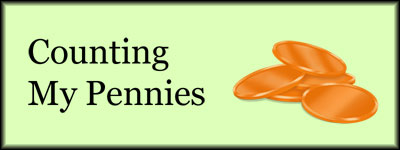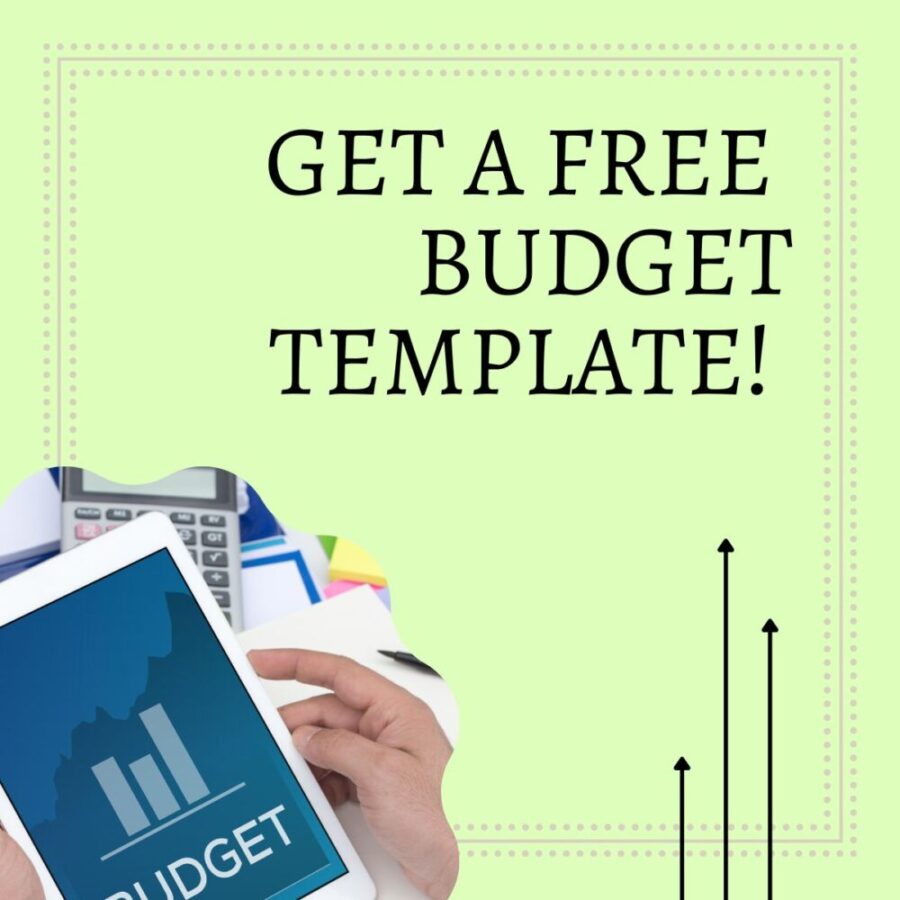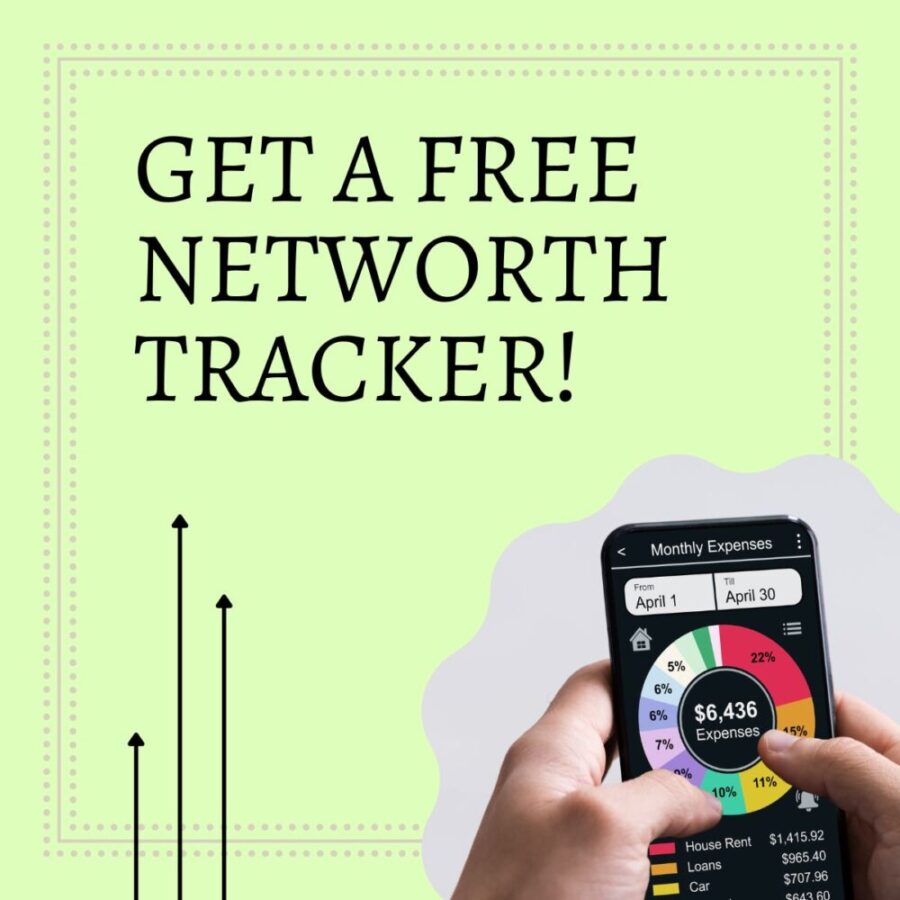A friend of mine is digging herself out of debt. I won't go into the reasons she got into debt because at this point, that doesn't matter. What matters is that she needs to get herself out of debt. She's looking at trying to find a new job as well and considering a move across the country. She commented to me that she needs someone to help her figure out how much money she should be looking for in a salary.
So I started to talk to her about cost of living and ways to try to figure out how much she will need in various parts of the country and she stopped me mid-sentence.
"No, I just need to figure out what bills won't change. I don't know how much I spend every month versus how much I actually have to be spending."
She has no idea where her money goes each month. As someone who has been budgeting for years, this is completely foreign to me. Sure, I joke that cash grows wings and flies out of my wallet, but for the most part, I know where my money is going without even opening my budget file.
So we really had to go back to the basics on this one.
While I'm a huge fan of YNAB (no, they aren't paying me to say this, it's just the budget system I've used for years and love), a new budgeter doesn't need a special program. You don't even need a computer, though a spreadsheet of some sort makes things a lot easier.
So I told her to sit down with all of her bills and all of her statements and a pad of paper. I told her to write down all of her monthly bills, including ones that would change when she moved (electric, cable, etc). Might as well get it all figured out now. That included minimum credit card payments. Where was her money going?
That would give her the "required" spending (meaning spending she couldn't stop without changing things - canceling cable, etc). The next step was figuring out where else her money was going and seeing where she could cut back. Things like a $15 lunch out with friends don't seem like much until you realize just how often you're doing it.
I warned her it would hurt, but step one was figuring out where her money was going. Sometimes just looking at the numbers right in front of you is all that you need to start making a change.
And like I said, you don't need a fancy program. Spreadsheets are nice, and you can do them for free on Google Drive. Or use pen and paper. Whatever works best for you. Just start.









